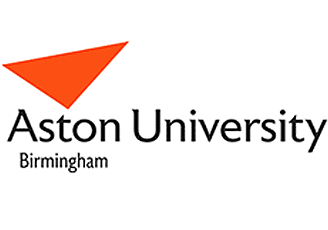Pushing productivity to the top of a firm’s agenda
Recently I visited a company that had performed rather well during the lockdown. One of the lucky ones, its sales grew because they were focused on a domestic market concerned with people’s homes. In the lockdown, this market performed well as fewer people have been commuting to work and have been spending a larger proportion of time at home. This firm, however, was struggling to meet demand, and that was causing it to question its production methods.
In the UK there exists a ‘long tail’ of so-called underperforming businesses. these are small and medium sized enterprises which have relatively low productivity. This long tail has been the subject of reports for at least three decades. One influential study suggested that firms locate on a productivity distribution from high to low, but that once they have located among that distribution it is very difficult for them to change their position because their location on the distribution is as a result of their management capabilities [1]. So, if you have high capabilities, you can develop higher productivity enterprises and can afford relatively high wage costs; if you have lower capabilities then you develop lower productivity enterprises and can only afford relatively low wage costs. Since productivity reflects management capability, this agrees with the present focus of policy on the improvement in management using programmes such as ‘Help to Grow’ [2].
Productivity is not necessarily a word that trips off the tongue for smaller size business owners, nevertheless we might expect business managers to be aiming to improve efficiency. Productivity changes may be avoided by businesses, however, because they require internal reorganisations. In research we carried out a while ago we looked at the importance of the delivery mechanism for advice, and we concluded that word-of-mouth recommendations and face-to-face advice were more important for businesses making changes internal to the firm, since these were regarded to be more risky [3].
What would cause a firm to put the highest priority on improving its productivity performance? In the case of the firm visited, successful sales and marketing efforts had propelled the firm’s attempts to put improvements in efficiency and productivity to the top of its ‘To Do List’. The firm made internal reorganisations to improve efficiency but then ran into trouble because instead of streamlining the process they had now two different practices with some employees working to the original system whilst others struggled with the new. The firm has taken advice to improve its capabilities in implementation, not only is it still struggling to meet demand but also grappling with implementing improvements, taking face-to-face advice and using a business support programme.
Rather than being pushed into efficiency improvements from competitors, this is an example of a business with few market constraints. One might think of it as ‘marketing-led productivity’. How many other firms are in a similar situation, and does this suggest at least one way to find firms that are willing to go the extra mile to improve their productivity is to look for those firms where sales are already growing? Instead of us thinking that we need to improve efficiency to improve a firm’s market position, perhaps we need to improve the market position to drive efficiency improvements to the top of a firm’s agenda.
Kevin Mole, Associate Professor (Reader) of Enterprise, Warwick Business School
1.Haltiwanger, J.C., J.I. Lane, and J.R. Spletzer, Wages, Productivity and the Dynamic Interaction of Businesses and Workers, in NBER working paper No. 7994. 2000: Cambridge, MA.
2.https://www.gov.uk/business-finance-support/help-to-grow-management-uk
3.Mole, K.F., M. Hart, and S. Roper, When moving information online diminishes change: advisory services to SMEs. Policy Studies, 2014. 35(2): p. 172-191.
Please note that the views expressed in this blog belong to the individual blogger and do not represent the official view of the
Enterprise Research Centre, its Funders or Advisory Group














